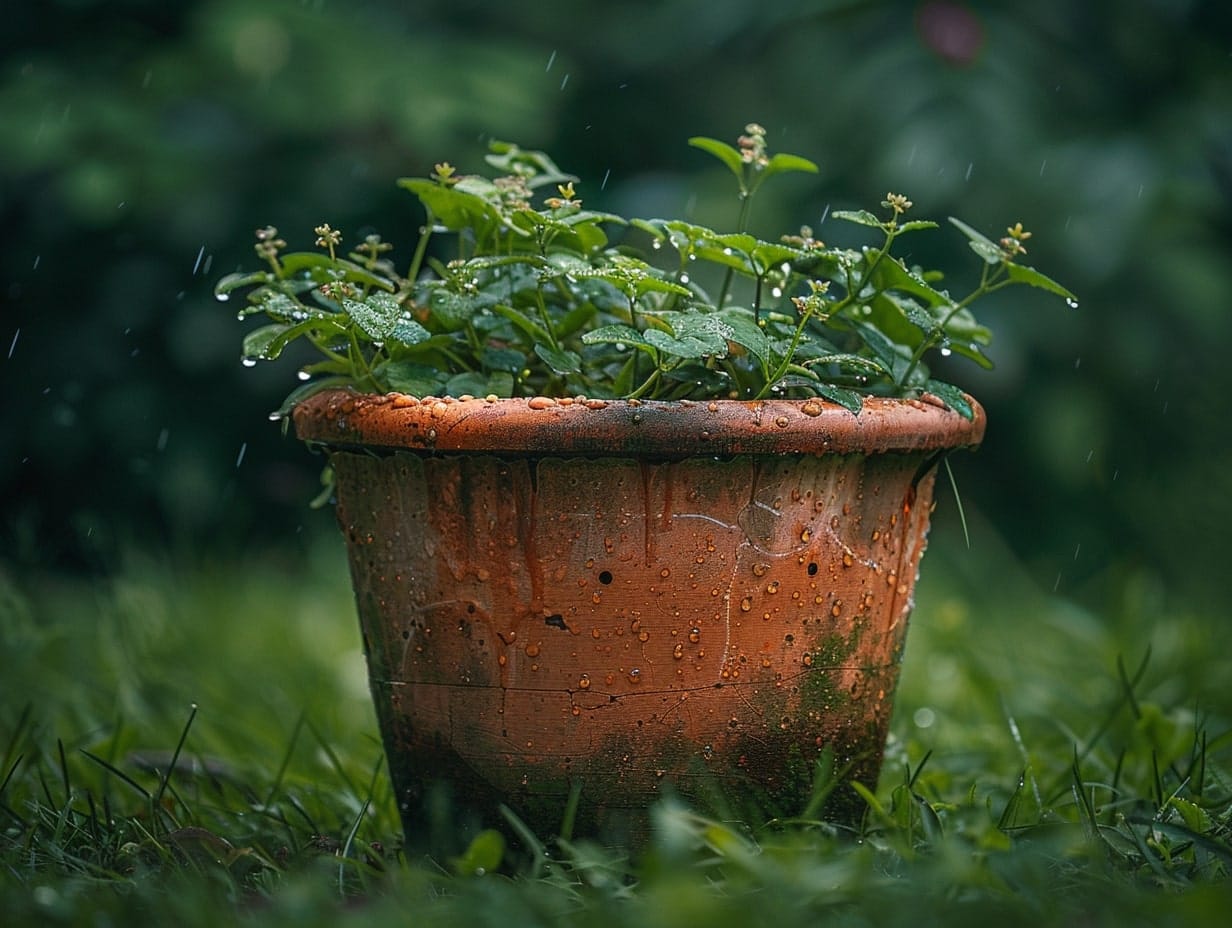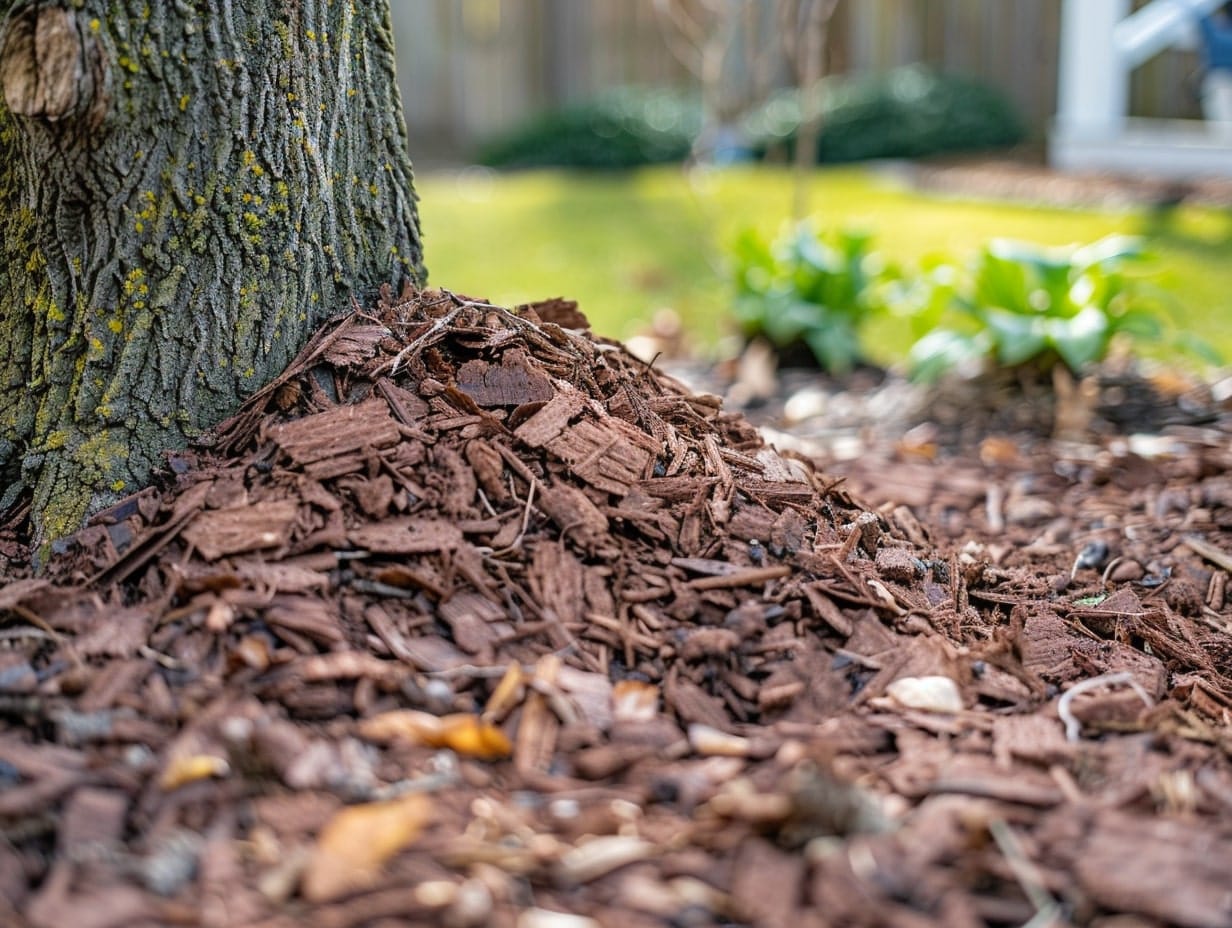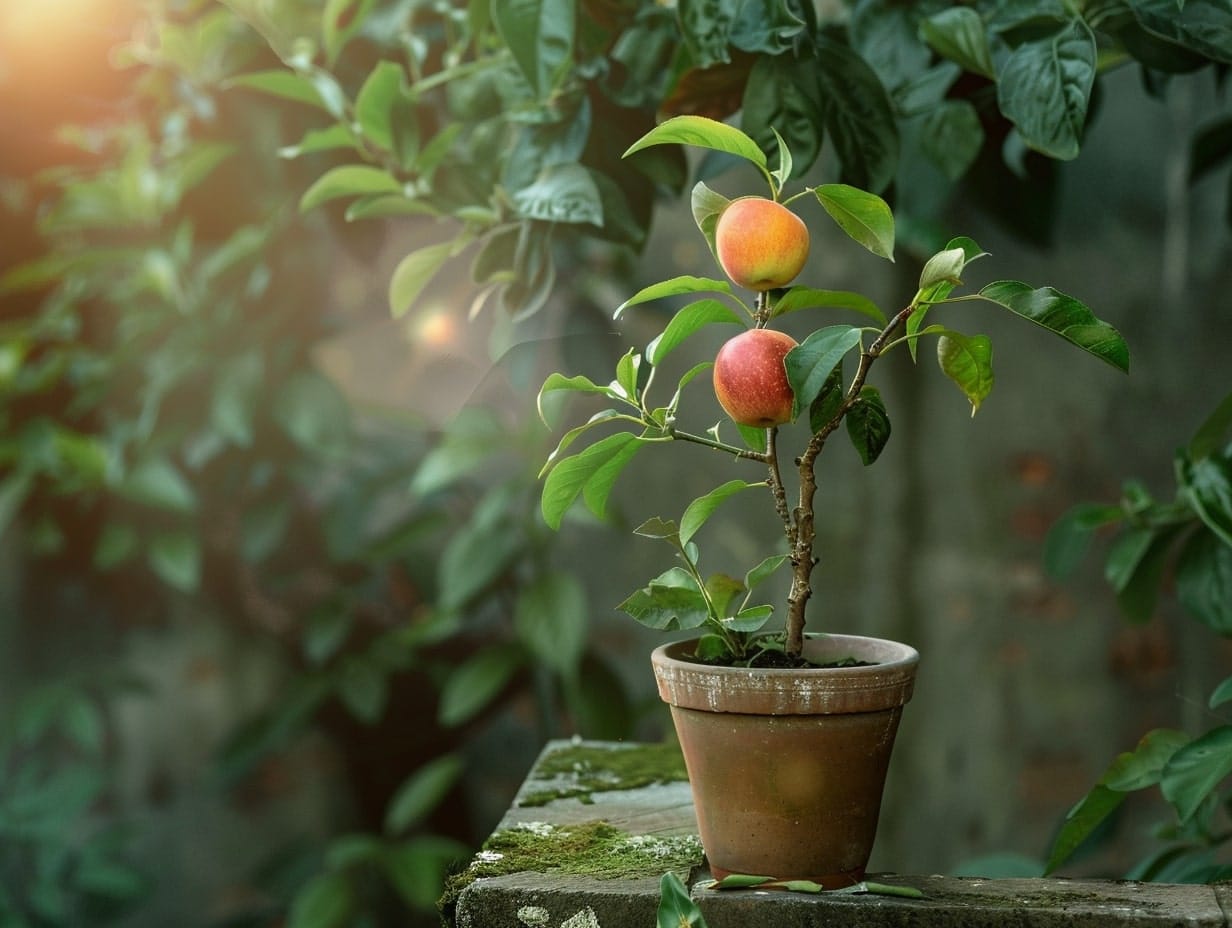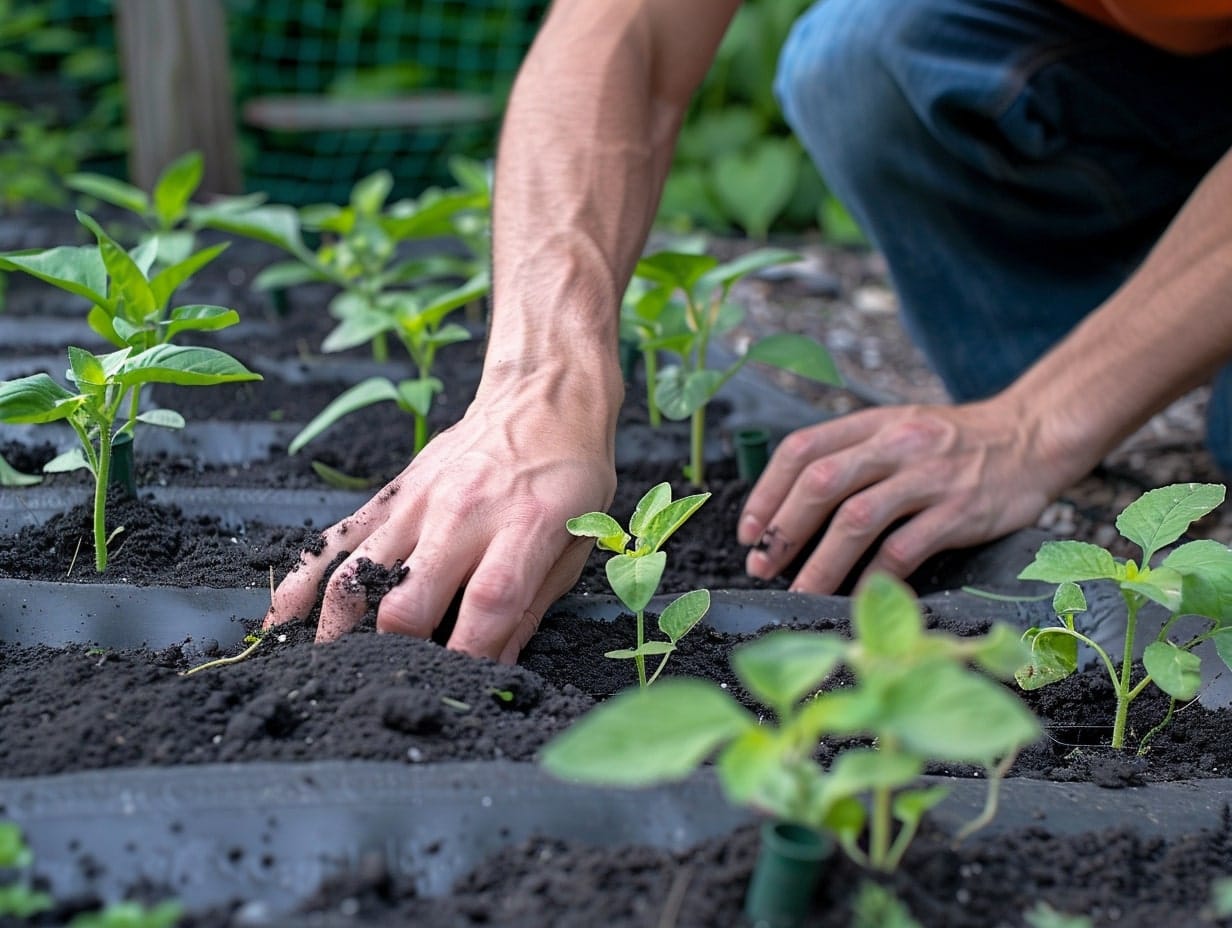When you buy products via links on our website, we might receive an affiliate commission. Learn more
12 Planting Mistakes Killing Your Fruit Trees

Fruit trees are a beautiful and rewarding addition to any garden, offering the promise of delicious homegrown produce.
However, many common planting mistakes can lead to their premature demise.
In this blog post, we'll explore 12 critical planting mistakes that can kill your fruit trees and provide solutions to ensure their health and longevity.
With insights from experienced arborists, you’ll gain practical tips to help your fruit trees thrive.
Planting Too Deep
One of the most common mistakes gardeners make is planting trees too deep. This can suffocate the roots, preventing them from accessing the oxygen and nutrients they need to thrive.
Experts recommend digging a shallow hole and ensuring that the root flare (where the trunk meets the roots) is at ground level.
This positioning allows the tree to breathe and absorb nutrients efficiently.
Ignoring Girdling Roots

Girdling roots are roots that grow around the trunk of a tree, constricting its growth and eventually killing it.
It's crucial to check for and remove any girdling roots before planting.
This involves carefully inspecting the root system and pruning any roots that wrap around the trunk, ensuring they grow outward instead.
Compacting the Soil
Compacted soil can restrict root growth and hinder drainage. It’s important to loosen the soil around the planting hole and avoid stomping on it.
Adding compost to the soil can significantly improve its structure and aeration, providing a more hospitable environment for root development.
Improper Watering

Both overwatering and underwatering can be detrimental to fruit trees. Deep, infrequent watering is more beneficial than frequent shallow watering.
This practice encourages roots to grow deeper into the soil, providing better stability and access to nutrients.
Assess soil moisture regularly and adjust watering practices accordingly to maintain optimal conditions.
Mulch Volcanoes

Mulch volcanoes, which are piles of mulch heaped around the base of a tree trunk, can trap moisture and encourage root rot.
Instead, create a wide, shallow mulch ring around the tree, keeping the trunk exposed.
This method prevents moisture accumulation directly against the trunk, reducing the risk of rot and disease.
Planting in Pots

Fruit trees grown in pots often become rootbound, meaning their roots are tightly coiled and restricted.
This can hinder their growth and overall health. Whenever possible, plant bare-root trees directly into the ground to allow their roots to spread naturally.
If you must use pots, ensure they are large enough to accommodate the tree's mature root system.
Planting at the Wrong Time
The best time to plant fruit trees is in the fall or early spring. This timing allows the roots to establish before the hot summer months, giving the tree a better chance to thrive.
Planting during these periods reduces stress on the tree and promotes healthier growth.
Ignoring Root Damage
Mechanical damage to the roots during planting can be detrimental. Handle the roots with care and avoid damaging them during the planting process.
If roots are damaged, trim them cleanly with sterilized tools to prevent infection and promote healthy regrowth.
Staking Trees Incorrectly
Staking trees can provide necessary support, but using the wrong materials or methods can damage the trunk.
Use natural materials like hemp rope and learn the proper techniques for staking.
Stakes should be placed loosely enough to allow some movement, which helps the tree develop a strong trunk.
Leaving Tags On
Leaving tags on fruit trees can girdle the trunk as the tree grows. Remove all tags promptly to prevent them from cutting into the tree and restricting its growth.
This simple step can prevent significant damage and ensure the tree has the freedom to expand naturally.
Planting Too Close to Other Trees

Planting trees too close to other trees or structures can limit their growth and access to sunlight.
Consider the mature size of the tree when choosing a planting location to ensure it has enough space to grow fully.
Adequate spacing also reduces competition for resources like water and nutrients.
Ignoring Pruning Needs
Pruning fruit trees is essential for maintaining their health and productivity.
Regular pruning helps to remove dead or diseased wood, shape the tree, and promote better fruit production.
Learn proper pruning techniques and incorporate them into your tree care routine to encourage strong growth and abundant harvests.
By avoiding these common planting mistakes and following expert advice, you can set your fruit trees up for success and enjoy their bountiful harvests for years to come.
Understanding the needs of your fruit trees and implementing best practices will ensure they thrive in your garden.
Pay attention to planting depth, root health, soil conditions, watering practices, and proper pruning. With careful attention and a bit of knowledge, your fruit trees will flourish and reward you with delicious, homegrown fruit.
Happy planting! Stay tuned for more gardening tips and advice on fruit tree care and propagation.
